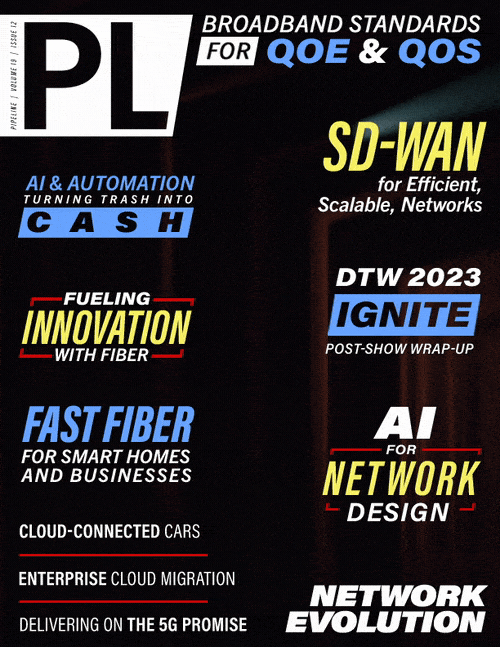How AI is Revolutionizing Cloud Computing
for Automotive Businesses Efficiency
over time. The automotive insurance sector is also witnessing a profound shift with a blend of AI and cloud computing. Traditionally, risk assessment and premium calculations have been based just on historical data and generalized parameters, such as driver demographics, location, and more. But with the advent of connected vehicles, insurers now have access to real-time driving behavior data as well, enabling them to assess drivers and establish driver scores in a more coherent manner. AI algorithms, operating within cloud environments, can analyze this data to provide personalized and accurate risk assessments, allowing insurers to tailor premiums to individual behaviors, while encouraging safer driving habits for all.
Furthermore, the automotive aftermarketis also benefiting immensely. Vehicle repair and service providers are able to keep a holistic record of vehicle diagnostics, maintenance schedules, and repair histories. AI-powered predictive analytics can anticipate component failures in advance, enabling proactive maintenance and reducing unplanned downtime. This not only improves vehicle reliability but also enhances customer satisfaction, as vehicle owners experience fewer breakdowns and seamless aftermarket services.
The world of sustainable mobility is also experiencing a remarkable transformation through the relationship between AI and cloud computing. By enabling real-time analysis of traffic patterns, energy consumption, and emissions data, the integration of AI-driven insights and cloud-based platforms has helped businesses tremendously in areas such as optimizing routes, reducing congestion, and minimizing the overall environmental impact. Further, by encouraging fleets to make the shift to electric vehicles, while providing a holistic view on energy management, several new key areas are also being developed.
By harnessing AI algorithms within cloud environments, sustainable mobility systems continuously learn from data, adapting strategies to promote eco-friendly modes of transportation, ultimately fostering a greener and more sustainable future. This not only enhances the efficiency of transportation networks but also contributes to reduced carbon emissions and improved air quality.
In the swiftly changing landscape of electric mobility, too, communication has transcended traditional boundaries, encompassing vehicles, Original Equipment Manufacturers (OEMs), and charging infrastructures. A coherent AI and cloud solution along with a seamless integration between all the elements present in an ideal EV environment—vehicles, charging stations, and intricate OEM infrastructure—can be crucial to drive progress in electric mobility. Bridging the gap between OEMs and Electric Vehicle Supply Equipment (EVSE) offers the potential to revolutionize EV data utilization, benefiting drivers, charging operators, and OEMs worldwide.
A solution aimed at collecting, analyzing, and enriching data to fuel the next generation of EV mobility can effectively facilitate intelligent data exchange between vehicles and charging stations, enabling innovative services to simplify and enhance EV charging for drivers and manufacturers alike. It would empower EV owners to optimize charging windows, select favorable charging rates, and enhance route planning and battery management to improve EV efficiency and longevity—and, as a result, rely on ML and data science to predict real-time insights to OEMs, enabling them to anticipate issues, improve vehicle performance, and reduce repair costs. A data-enabled and cloud-ready interconnected network, that connects vehicles, charging stations, and OEMs, holds the potential to greatly simplify EV charging, while driving the entire ecosystem towards a sustainable and user-centric future.
The Way Forward
As the automotive industry embraces an integrated AI and cloud solution, the data generated by connected vehicles holds the key to unlocking new revenue streams, personalized services, and unparalleled customer experiences. With the fusion of AI and cloud computing, connected vehicles no longer remain merely modes of transportation, but act as data powerhouses that are capable of reshaping business models, customer experiences, and industry dynamics.
The cloud provides the infrastructure requisite for this data-driven revolution, enabling stakeholders to collaborate seamlessly, make informed decisions, and drive value, while AI remains the driving force behind the evolution of new and enriching businesses and use cases that make way for smarter and convenient customer-focused solutions.



















